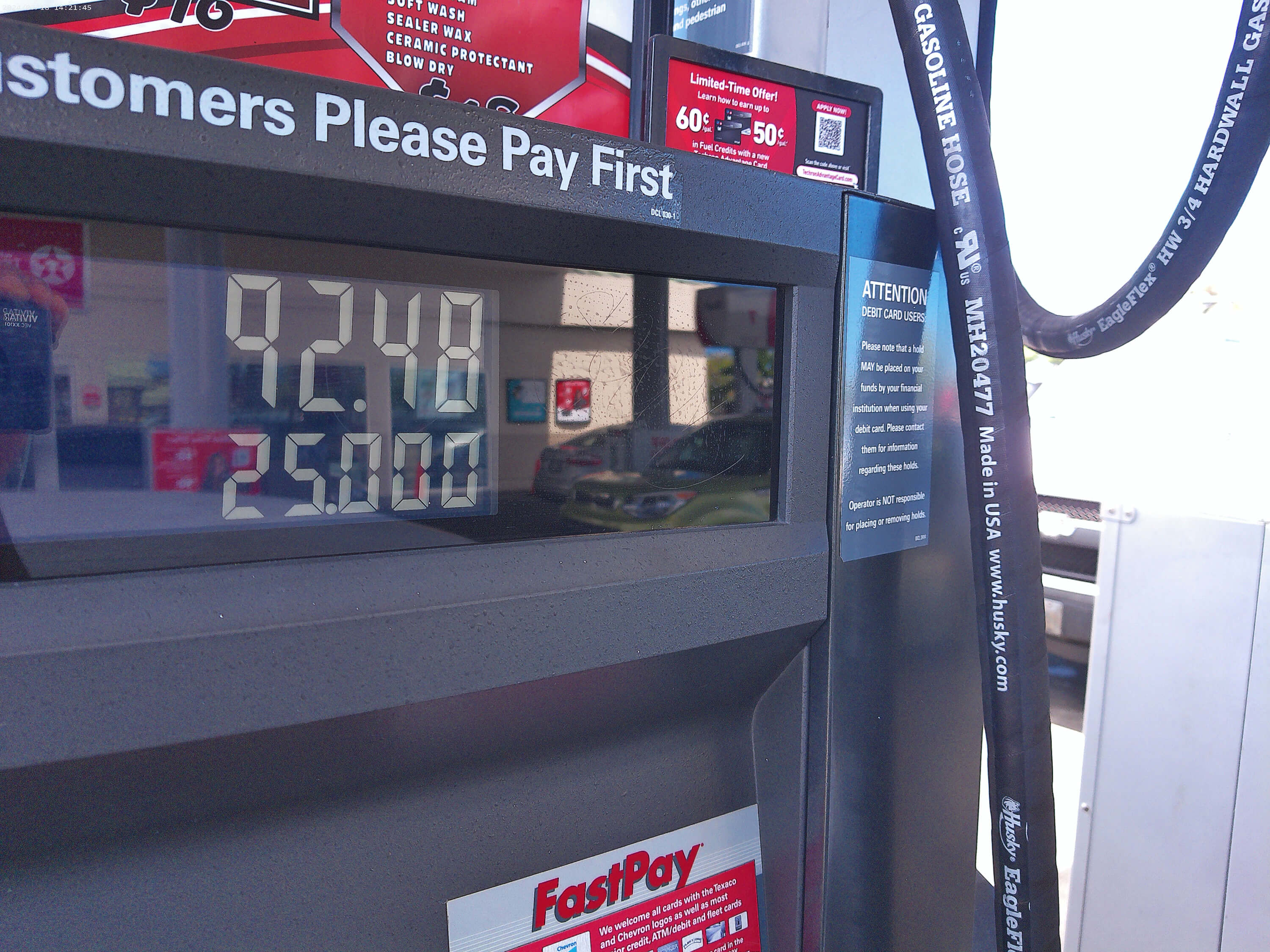Gasoline Superusers
Cross-Sector
Coltura
Renewable Energy
Small Group of Drivers Hold Key to Cutting Hawai'i's Gasoline Dependency
Hawai'i aims to reduce its reliance on volatilely priced fossil fuels like gas, which contribute to harmful pollution, and transition toward a more sustainable, resilient future. With more than 450 million gallons of gasoline consumed annually, cutting fuel consumption is crucial for the state’s climate and energy goals. One of the most effective strategies? Focusing on the gasoline "Superusers."
Who Are Hawai‘i’s Gasoline Superusers?
The research conducted for the “Power Pivot: Transitioning Hawai‘i Gasoline Superusers to EVs” report, released by Ulupono Initiative and nonprofit Coltura in 2024, found that Hawaiʻi’s gasoline Superusers are the top 10% of fuel consumers statewide.
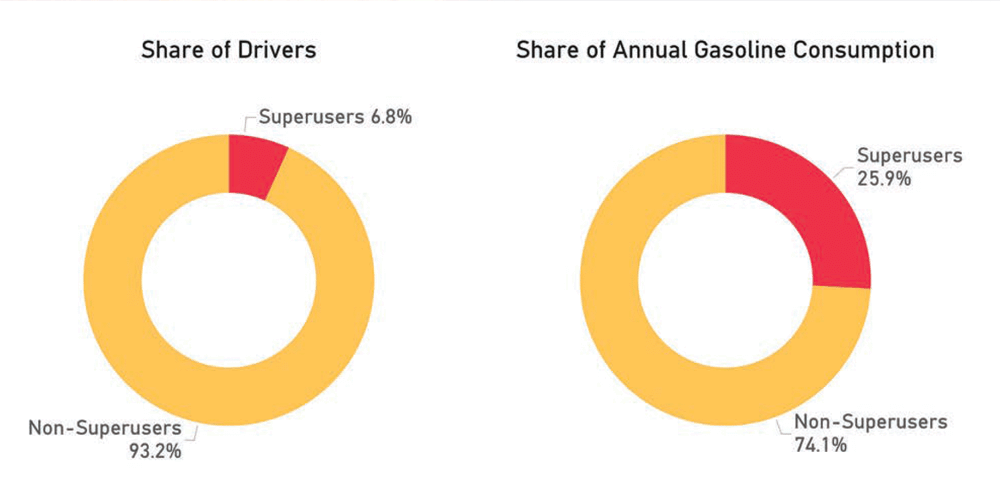
They also:
- Use at least 1,270 gallons of gasoline per year
- Burn 25.9% of the state’s gasoline
- Drive an average of over 40,000 miles annually, five times more than the typical driver
Why Transitioning Superusers to EVs Matters
By shifting Superusers to electric vehicles (EVs), Hawai‘i can make significant environmental and economic strides:
- Lower Carbon Emissions: Superusers switching to EVs could eliminate 680,000 metric tons of CO2 annually—nearly 4% of Hawai‘i’s total carbon emissions.
- Massive Cost Savings: A typical Superuser household spends $13,700 annually on gasoline but could save up to $5,300 per year by switching to an EV. That’s equivalent to about four months of groceries for a Hawai‘i family of four (based on the USDA's Thrifty Food Plan estimate of $1,432.40 per month for Hawai‘i).
- Boost to Hawai‘i’s Economy: Redirecting spending from imported fuel to local electricity generation could inject $568 million annually into the state’s economy.
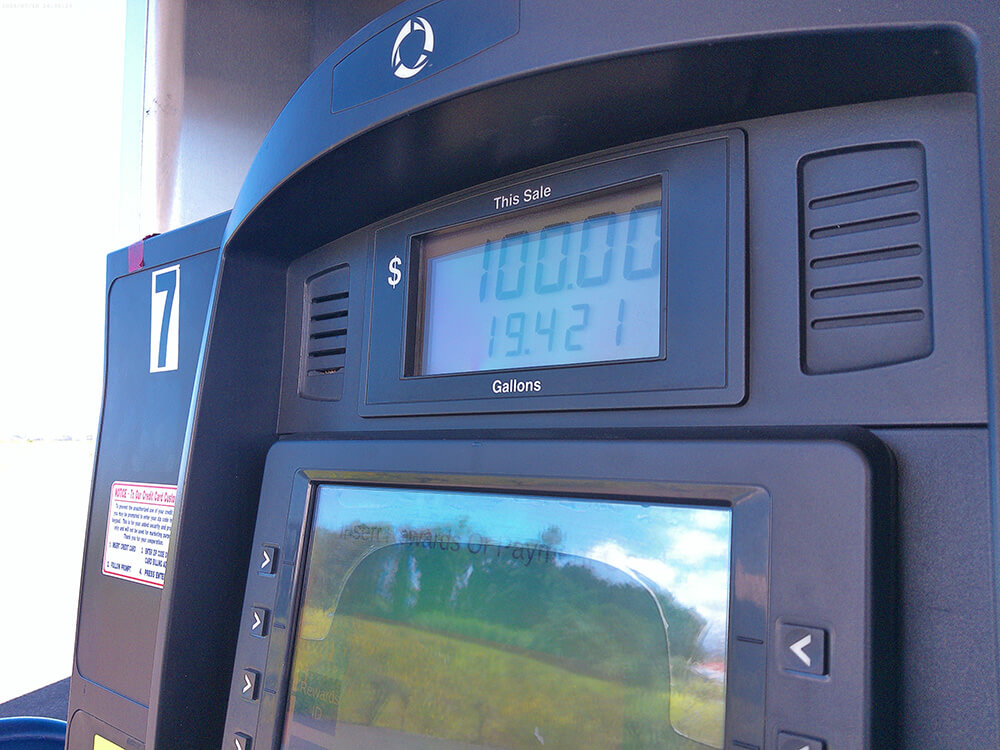
Barriers to EV Adoption
Many Superusers live in rural areas, rely on fuel-heavy vehicles for work, and face financial hurdles to EV adoption.
County of Hawaiʻi
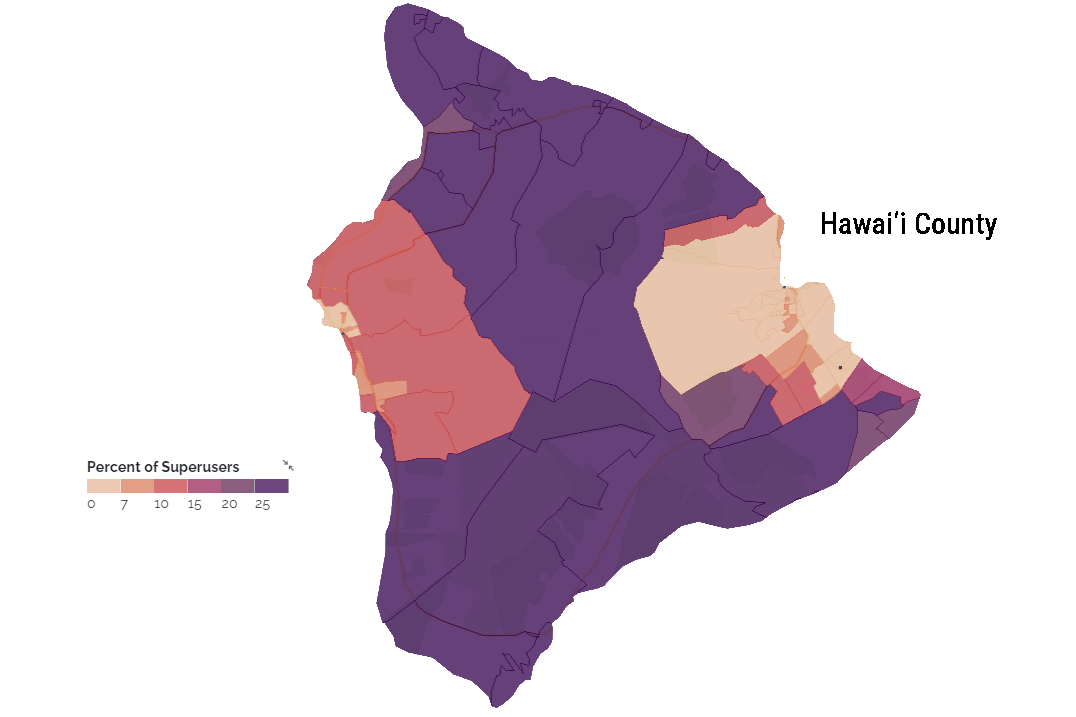
County of Maui
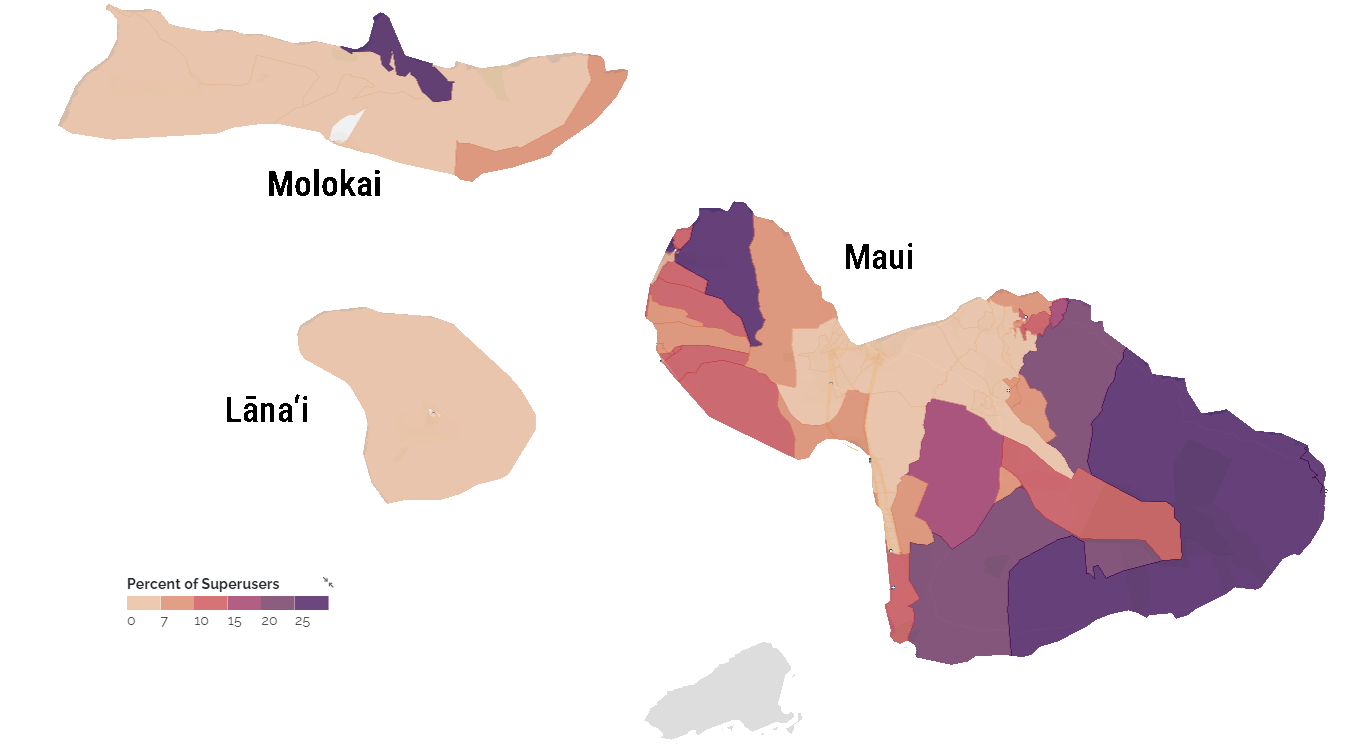
City and County of Honolulu
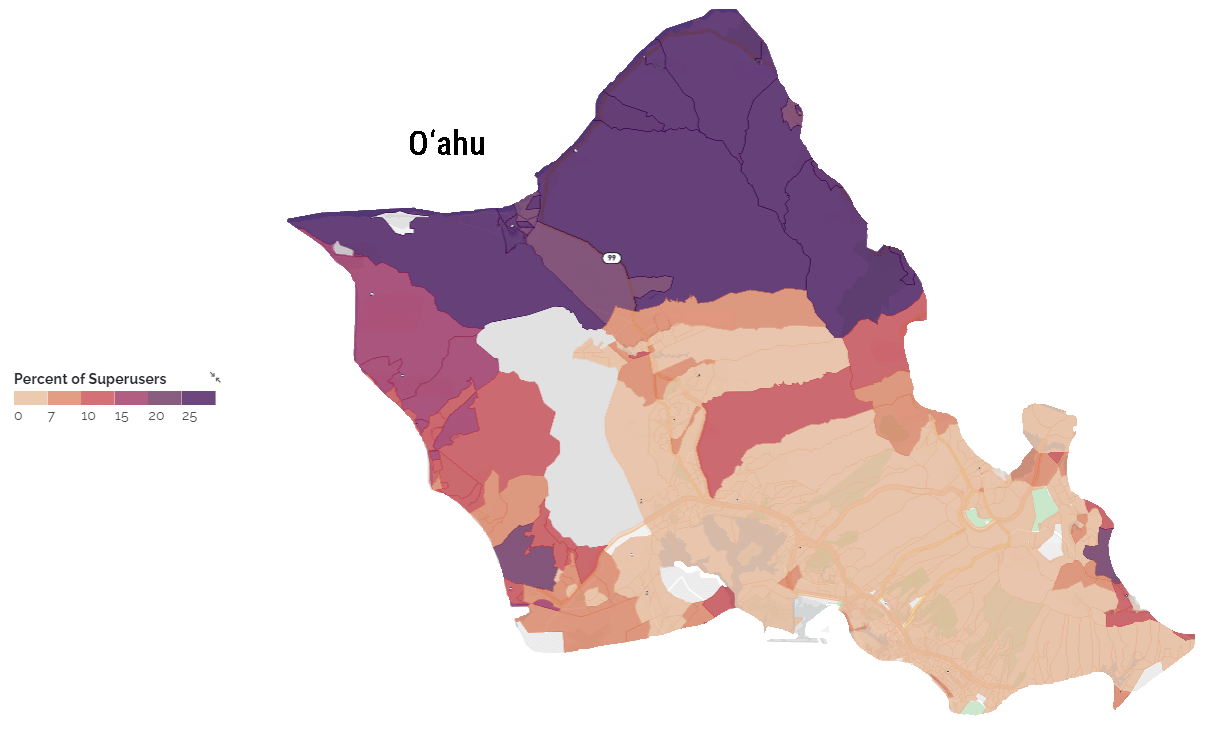
County of Kauaʻi
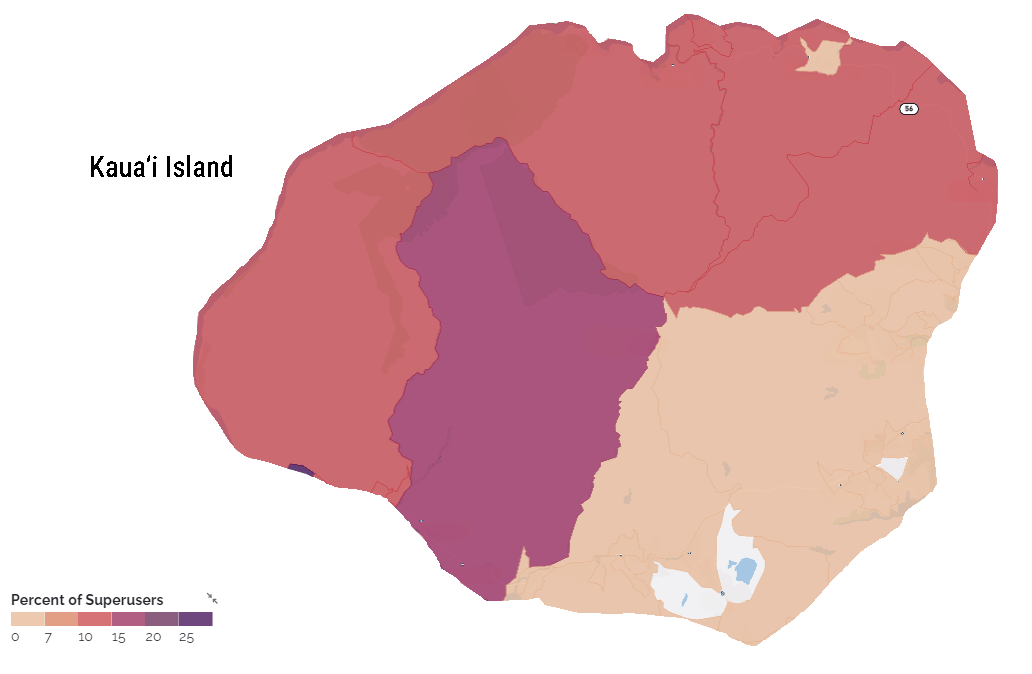
Recommended Solutions
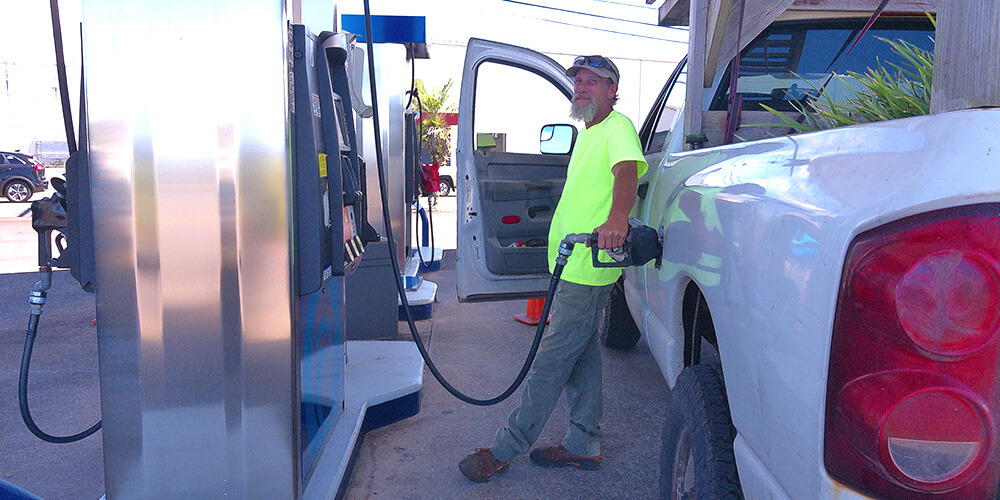
The report recommends targeted solutions to ease the transition:
- Tailored EV Awareness Campaigns: Education on cost savings, charging options, and EV performance.
- Incentives & Financial Support: State and federal rebates, low-interest financing, and subsidies for high-mileage drivers.
- Infrastructure Development: Expanding charging stations in rural areas and along high-mileage routes.
Hawai‘i’s Path Forward
Policymakers, organizations, and communities have a unique opportunity to make a lasting impact. By prioritizing the transition of Superusers to EVs, Hawai‘i can reduce emissions faster, save residents money, and move toward a cleaner, more resilient transportation future.
Read the full report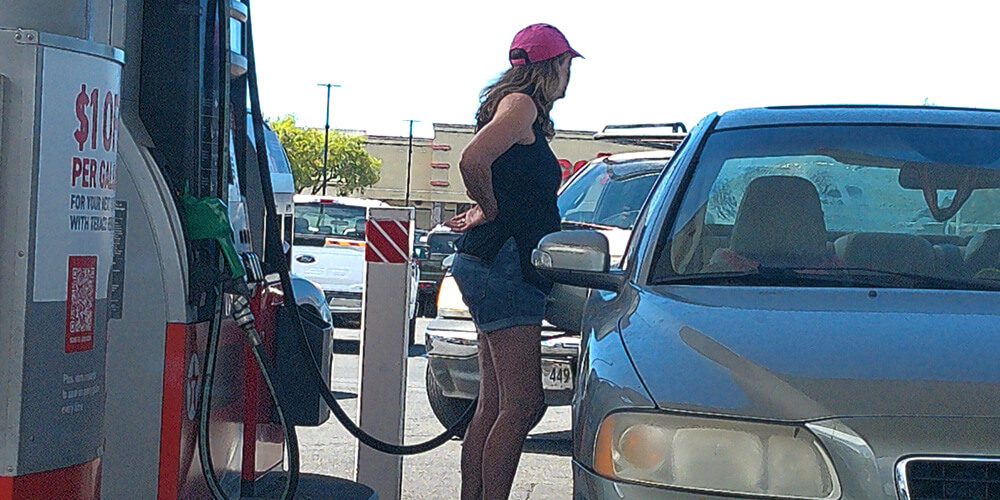
Benefits of Transitioning Hawai‘i's Gasoline Superusers to EVs
Transitioning gasoline Superusers to EVs offers huge financial savings, strengthens Hawai‘i’s economy, and reduces environmental harm. Supporting policies and incentives to accelerate this shift will create a cleaner, more resilient future for all residents.
1. Significant Cost Savings for Superusers
- Superusers spend an average of $13,700 annually on gasoline, making fuel a major financial burden.
- By switching to EVs, a typical Superuser could save over $5,300 per year in fuel costs alone.
- Additional savings come from lower maintenance and repair costs, as EVs have fewer moving parts than gas-powered vehicles.
2. Economic Boost for Hawai‘i
- Hawai‘i imports most of its gasoline, sending hundreds of millions of dollars out of state.
- If all Superusers switched to EVs, $568 million per year could be reinvested into the local economy instead of going to foreign fuel suppliers. These savings are comparable to what the state spends on road construction annually.
3. Major Carbon Emissions Reductions
- The average Superuser switching to an EV would eliminate 10.8 metric tons of CO2 per year.
- If all Superusers transitioned, Hawai‘i’s total carbon emissions would drop by nearly 4%, cutting 680,000 metric tons of CO2 annually. This reduction is greater than the emissions from Hawai‘i’s entire commercial sector.
4. Environmental & Health Benefits
- EVs reduce air pollution, leading to improved air quality and better public health outcomes.
- Reducing gasoline dependency lowers the risk of oil spills and protects marine ecosystems.
5. Strengthened Energy Independence
- Most of Hawai‘i’s gasoline is imported, making the state vulnerable to price fluctuations and supply chain disruptions.
- EVs run on locally produced electricity, helping Hawai‘i achieve greater energy independence, especially as the state generates more of its electricity from renewable sources.
Additional Resources -
EV101: Get the basics of electric vehicles: https://www.driveelectrichi.com/ev-101/
